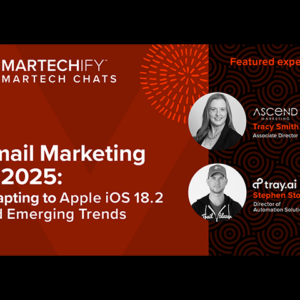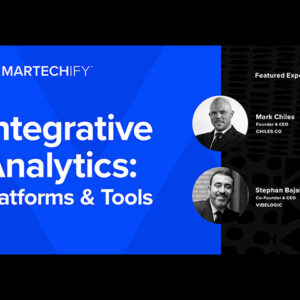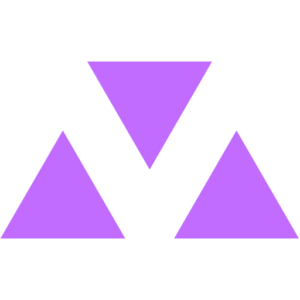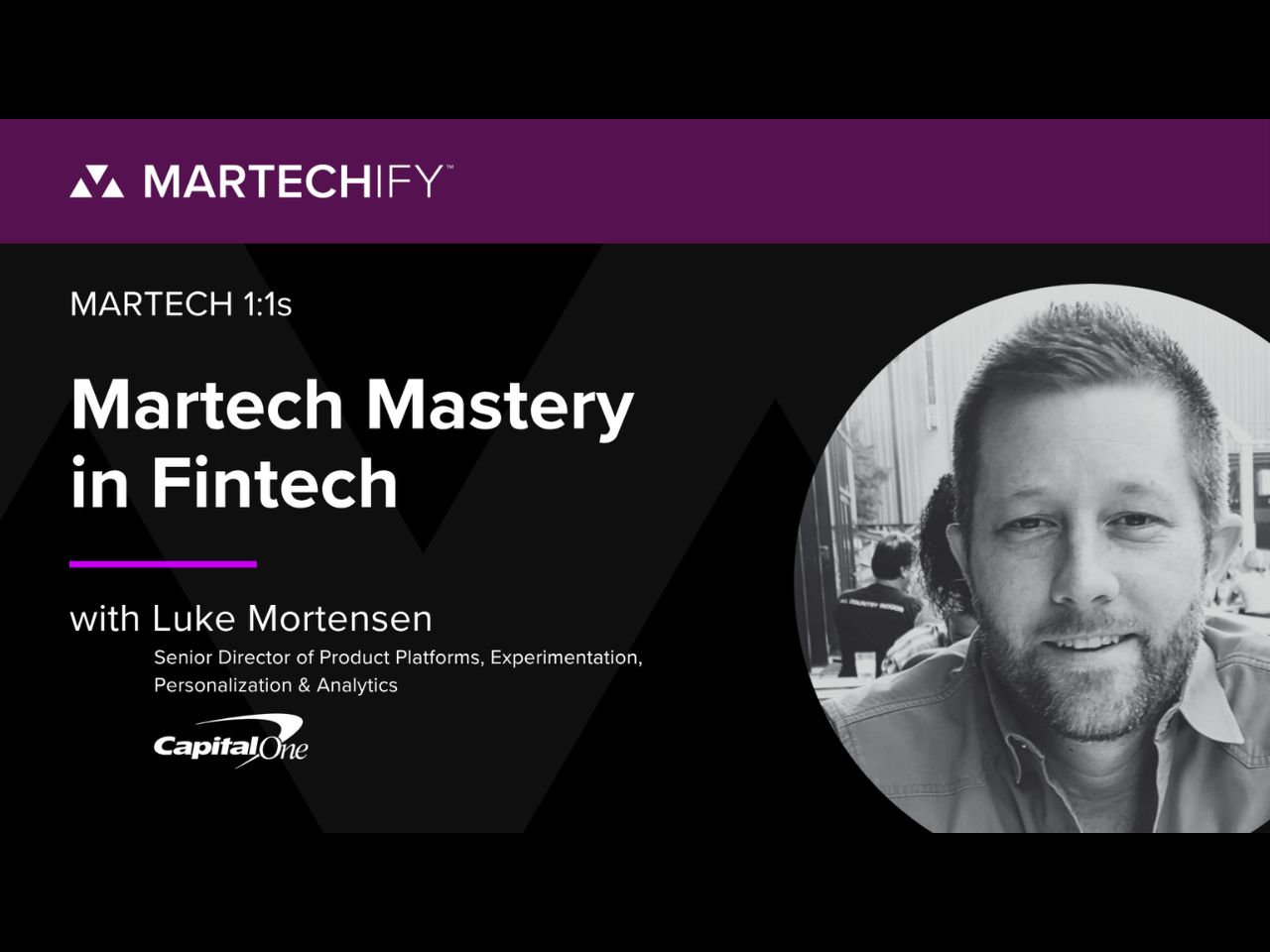65 Questions for Understanding the B2B Customer Journey
- Ascend Marketing
- Customer Experience (CX), Multi-Channel Journeys
Understanding that customers engage with your brand in stages is half the battle, as Gary DeAsi wrote in his Customer Journey Marketer Blog. The other half is mapping and delivering specific journeys for your best targets, a process which is increasingly enabled by MarTech.
Gary’s Journey Stages Model and Questions for Understanding the B2B Customer Journey remain relevant despite recent leaps forward by MarTech and AI. In fact, you can now use AI to help you answer the questions and refine your model!
1. Understanding your customers
Customer persona questions
- Demographic information: Age? Gender?
- What are their job titles?
- What are their work responsibilities?
- What knowledge and skill sets are required to do their job?
- What tools do they use?
- What are their career goals?
- What motivates them? Why do they get out of bed in the morning?
- What do they like and dislike most about their job?
- What does their day-to-day look like?
- Where do they spend most of their time?
- What are their top work priorities?
- What keeps them up at night?
- Who is their boss?
- What does their team look like?
- How is their job measured?
- Who do they trust? Look up to? Respect?
- What traits and characteristics do they admire in organizations?
- What are their hobbies and interests outside of work?
Customer organization questions
- Key industry verticals?
- Company size: How many employees? Annual revenue?
- What is their business model?
- What does their technology stack look like?
- What is their organizational structure?
- What are their geographic locations?
- Who are your customers’ customers?
- Who are your customers’ competitors?
Online behavior and preferences questions
- What blogs and online publications do they read?
- What online communities do they belong to?
- Which social media networks and platforms do they use?
- In what format do they prefer to consume content?
- What thought leaders, writers, bloggers, and industry experts do they follow?
- How do they research vendors online and in general?
2. Understanding your business
Problem and before scenario questions
- What are the common problems and pain points customers experience that your product/service can help alleviate?
- How do they solve (or cope with) the problem before using your solution?
- What are the common buying triggers, or common events or conditions that often set customers off in search of a solution?
- What language and terminology might they use when talking about your solution?
- What keywords and search phrases do they use when looking for a solution?
Your product/solution questions
- What are the most important values the product/service provides customers?
- What are your key value propositions?
- What are the most important features/capabilities provided in the product/service?
- What are the different use cases for why/how different customers use it?
- How complex is the solution to use? To implement?
- What level of knowledge, skills or experience do customers need?
Technical considerations questions (If applicable)
- What are the key 3rd party technology integrations or partnerships?
- What key technologies does or doesn’t the product support?
Your sales and purchasing process questions
- What is your sales model?
- What is your pricing model/structure?
- Average length of sales cycle?
- Average deal size?
- Common sales barriers and objections?
- Complexity of purchasing decision?
- What are the different internal roles involved with the purchasing process?
- Who are the users? The influencers? The decision maker? Champion?
Your market and competitive landscape questions
- What is your market maturity stage?
- What does the competitive landscape look like?
- What is your market share? Positioning?
- What are your top strengths, differentiators and advantages vs leading competitors?
- What are your top weaknesses and disadvantages vs leading competitors?
- What key trends are happening in the marketplace?
Once you (and your AI friends) have taken the time to research and answer these questions, you should have a clear understanding of your best customer segments and how they are likely to engage. Then you can start testing content, channels and offers to see what performs best. Advanced data tools can power your journey marketing with their ability to continuously update customer interaction data, so adapting to an individual’s behavior can be done in real or near-real time. Accelerating from a list of timeless questions to dynamic, conversation-like customer engagement in a few short steps — that’s powerful marketing!
Related resources
Want more like this resource? Find helpful links below.













